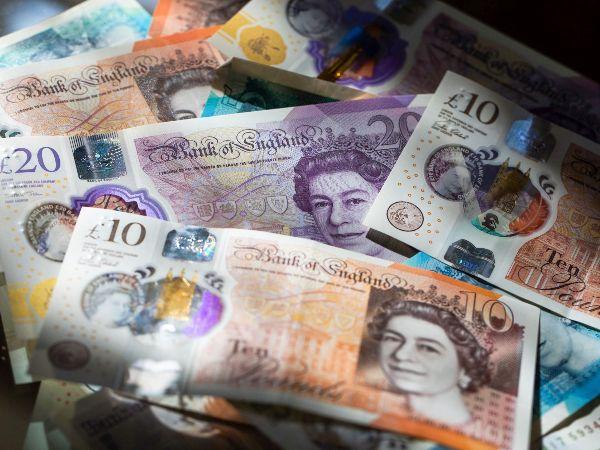The GBP/USD currency pair is currently making strides towards the round-level resistance of 1.2600 during the early Tokyo session. This bullish momentum can be attributed to the Federal Reserve (Fed) adopting a similar stance to other central banks. Fed Chair Jerome Powell recently affirmed that future monetary policy decisions will be based on data, indicating that the central bank has reached a temporary end to their rate hike cycle.
Early Asia is seeing further losses in S&P500 futures after a bearish close. Uncertainty surrounding the Fed’s future course of action to combat inflation has caused US equities to surrender the gains they previously accumulated during the early New York session. This has resulted in a decrease in demand for riskier assets.
The US Dollar Index (DXY) is currently trending downwards towards the May 3rd low around 101.07 due to the Fed’s neutral stance. US yields are also experiencing heavy declines, caused by an increase in demand for US government bonds. The 10-year US Treasury yields have fallen to nearly 3.36%.
Despite the current neutral guidance from the Fed, the positive state of the US labor market suggests that inflationary pressures could persist if the Fed were to adopt a hawkish stance. On Wednesday, the US Automatic Data Processing (ADP) agency announced that they added 296K jobs in April, surpassing the estimates of 150K and the previous release of 145K.
It is important to note that the severe labor shortage could be offset by offering higher wages, which may lead to persistent inflation.
In regards to the Pound Sterling, the Bank of England (BoE) is expected to further increase interest rates, as UK inflation has yet to leave the double-digit territory, despite consistent policy tightening. BoE Governor Andrew Bailey is ready to consecutively raise interest rates for the 12th time, with market participants anticipating an interest rate hike of 25 bps.

